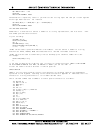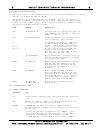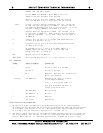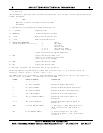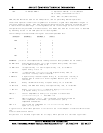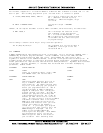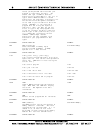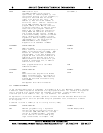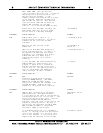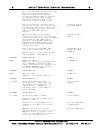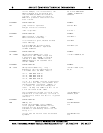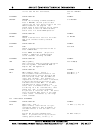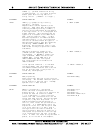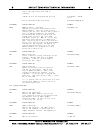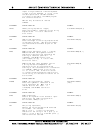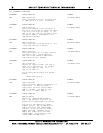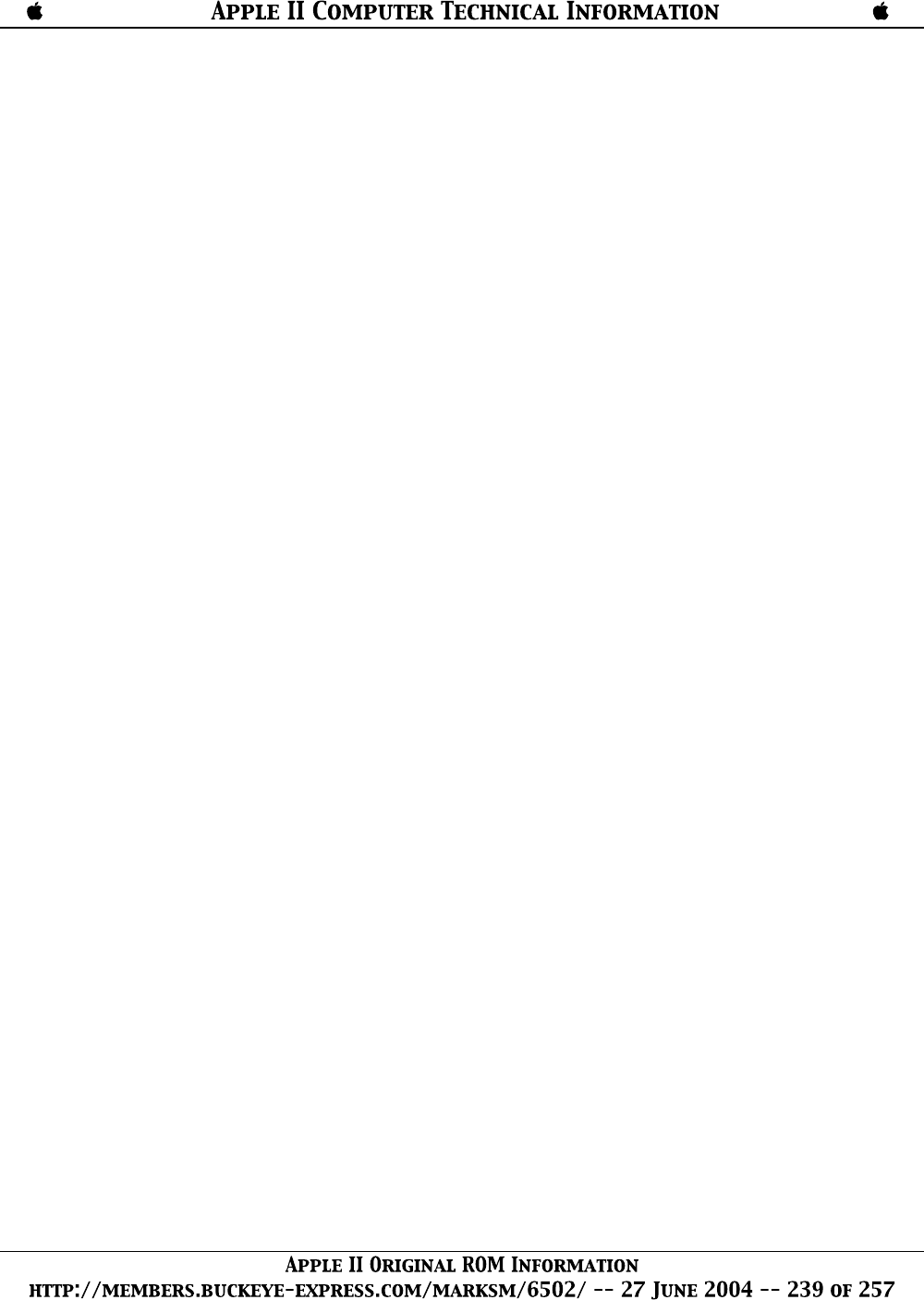
FNJ7, FNKO, FNR2. User defined func-
tions are restricted to one line. A function
may be defined to be any expression, but
may only have one argument. In the
example, B and C are variables that are used
in the program. Executing the DEF state-
ment defines the function. User defined
functions can be redefined by executing
another DEF statement for the same
function. "V" is called the dummy variable.
Execution of this statement following the 100 Z=FNA(3)
above would cause Z to be set to 3/B+C,
but the value of V would be unchanged.
STATEMENT SYNTAX/FUNCTION EXAMPLE
DIM DIM variable (size 1, [size 2...]) 113 DIM A(3),B(10)
Allocates space for matrices. All matrix
elements are set to zero by the DIM
statement.
Matrices can have from one to 255 114 DIM R3(5,5),
dimensions. D$(2,2,2)
Matrices can be dimensioned dynamically 115 DIM Q1(N),Z(2*I)
during program execution. If a matrix is
not explicitly dimensioned with a DIM
statement, it is assumed to be a single
dimensioned matrix of whose single
subscript may range 0 to 10 (eleven
elements).
If this statement was encountered before a 117 A(8)=4
DIM statement for A was found in the
program, it would be as if a DIM A(10)
had been executed previous to the execu-
tion of line 117. All subscripts start at
zero (0), which means that DIM X(100)
really allocates 101 matrix elements.
STATEMENT SYNTAX/FUNCTION EXAMPLE
END END 999 END
Terminates program execution without
printing a BREAK message. (See STOP.)
CONT after an END statement causes
execution to resume at the statement after
the END Statement. END can be used
anywhere in the program, and is optional.
STATEMENT SYNTAX/FUNCTION EXAMPLE
FOR FOR variable = expression to expression 300 FOR V=1 TO 9.3
[STEP expression] (See NEXT statement) STEP .6
V is set equal to the value of the expression
following the equal sign, in this case 1. This
value is called the initial value. Then the
statements between FOR and NEXT are
executed. The final value is the value of the
expression following the TO. The step is
the value of the expression following STEP.
When the NEXT statement is encountered,
the step is added to the variable.
If no STEP was specified, it is assumed to 310 FOR V=1 TO 9.3
be one. If the step is positive and the new
value of the variable is <= the final value
(9.3 in this example), or the step value is
negative and the new value of the variable



